Overview of the Lifespan of Birds
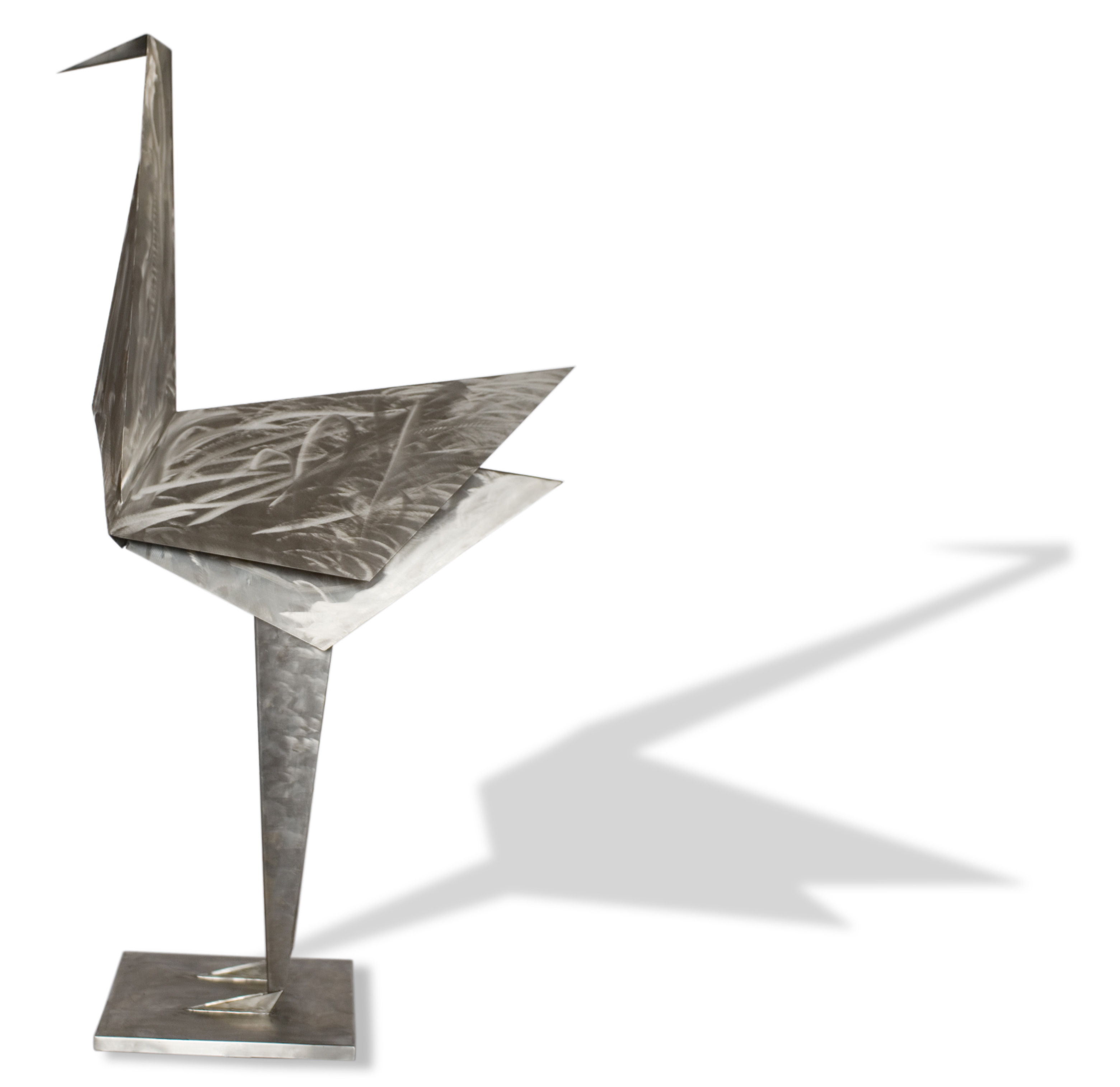
Birds have always captivated us with their remarkable diversity and beauty as they grace our skies. In this article, we will delve into the captivating world of bird lifespans, exploring the determinants that shape their length of existence.
Factors Affecting Lifespan
The lifespan of a bird can vary significantly depending on various factors. While some species may only survive for a few fleeting years, others can endure for several decades. Compared to certain long-lived animals, birds generally have relatively short lifespans due to their small size and high metabolic rate. However, exceptions to this rule do exist, especially among larger bird species.
Average Lifespan in the Wild
In the wild, the average lifespan of a bird typically ranges from a few years to around 10-15 years. However, this average is subject to variation based on the species and its specific circumstances. Factors such as size, habitat, diet, predation risk, and exposure to diseases and environmental hazards play crucial roles in determining a bird’s longevity.
Influence of Size
Size is an influential factor in avian lifespans. Generally, smaller bird species have shorter lifespans compared to their larger counterparts. The higher metabolic rates of smaller birds contribute to their accelerated aging process, while increased predation risks further limit their lifespan. Larger birds, on the other hand, tend to live longer, benefiting from a slower metabolic rate and reduced predation pressure.
Impact of Habitat and Environment
Habitat and environment significantly impact a bird’s lifespan. Birds inhabiting urban areas often face challenges that curtail their longevity. Exposure to pollutants, collisions with buildings, and limited access to natural resources take a toll on their health and survival. In contrast, birds residing in protected habitats with ample food, suitable nesting sites, and minimal human disturbance generally enjoy longer lifespans.
Role of Diet
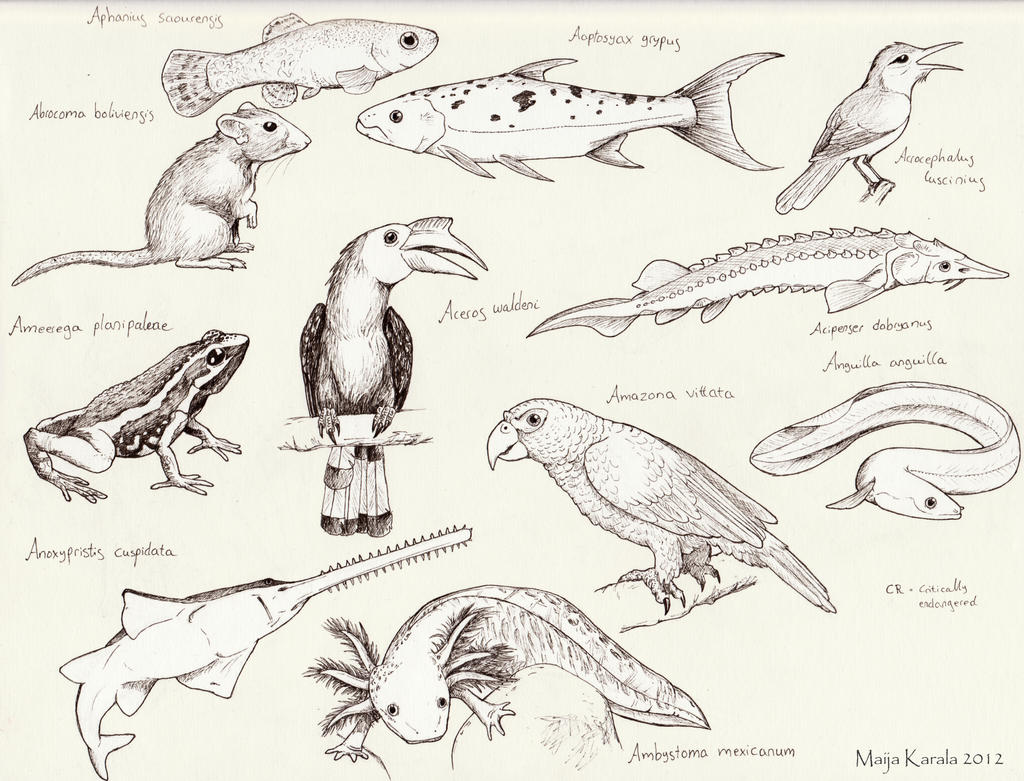
Diet plays a crucial role in determining the lifespan of a bird. A nutrient-rich and balanced diet is essential for their overall health and longevity. Birds that have access to a diverse range of food sources tend to fare better in terms of lifespan compared to those with limited dietary options.
Lifespan in Captivity
In captivity, birds can have significantly extended lifespans under optimal conditions and healthcare. Some parrot species, for instance, have been known to live for 50-70 years or even longer, showcasing the immense impact of environmental factors on bird longevity.
Exploring Avian Lifespans
We will explore the specific factors that influence the lifespan of different bird species, from humble pigeons and sparrows to vibrant blue jays and cardinals. Additionally, we will delve into the records of some of the longest-living birds ever recorded, marveling at their exceptional longevity.
Join us on this captivating journey through the lifespan of birds. By understanding the factors that shape their existence, we can gain a deeper appreciation for these enchanting creatures and the delicate balance of nature that sustains them.
2. Determining Factors – How different factors can affect a bird’s lifespan
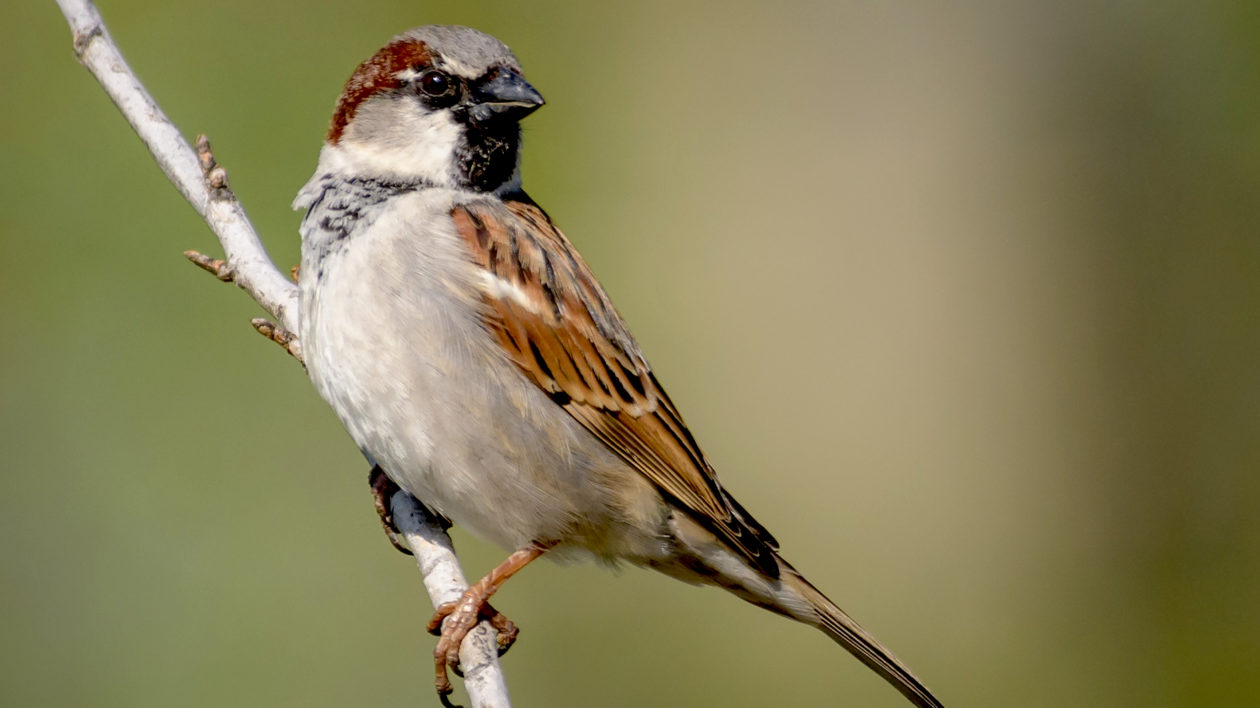
Birds, like any other living beings, are influenced by various factors that can impact their lifespan. Understanding these determining factors is crucial in comprehending the variations in bird lifespans. This section will delve into the significance of species, diet, environment, and health in shaping the lifespan of birds.
a. Species – The diversity of bird lifespans
Bird species exhibit a wide range of lifespans, influenced by factors such as size and metabolism. Generally, larger bird species tend to live longer than smaller ones.
Some species have become renowned for their exceptional longevity. Parrots, including Macaws and Cockatoos, can live for over 50 years in captivity, with some reaching 80 years or more. Albatrosses, known for their impressive wingspans, can live for over 60 years. Certain species of owls have also been documented to live for several decades.
On the other hand, small songbirds and certain waterfowl species have relatively short lives, typically ranging from a few years to a decade. Their shorter lifespans may be attributed to their energy allocation towards reproducing and raising multiple broods within a short span of time.
b. Diet – Nourishment for longevity
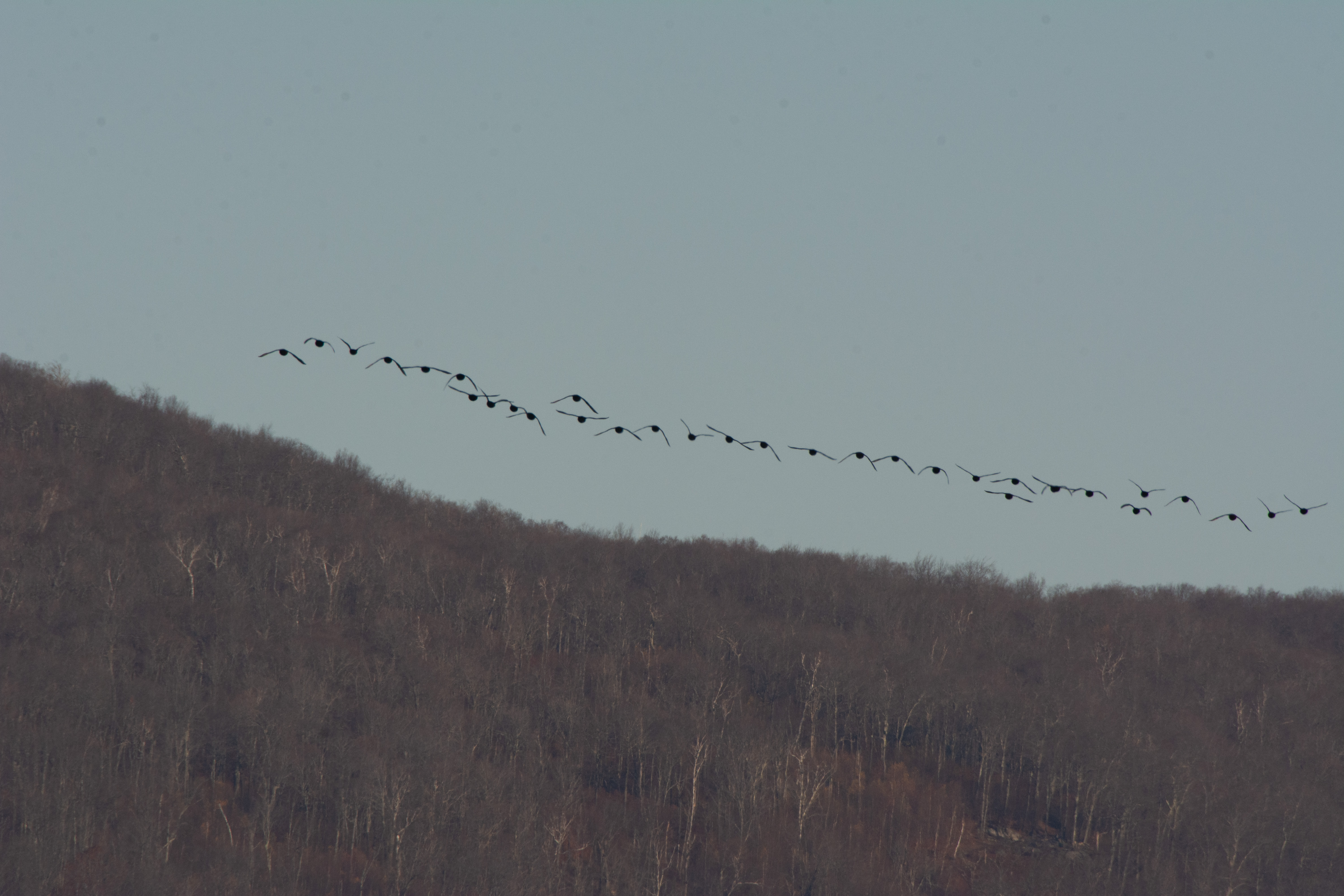
A bird’s diet plays a crucial role in determining its overall health and, consequently, its lifespan. Birds that have access to a varied and nutritionally balanced diet are more likely to live longer and thrive.
Different bird species exhibit diverse dietary preferences and requirements. For instance, nectar-feeding hummingbirds rely on a diet rich in nectar and insects, while carnivorous raptors, such as eagles and hawks, primarily consume meat. Many bird species depend on a combination of fruits, seeds, insects, and other food sources to meet their nutritional needs.
A diet lacking essential nutrients or imbalanced in its composition can lead to malnutrition and health issues, ultimately shortening a bird’s lifespan. Similarly, exposure to pollutants and contaminants through contaminated food sources can have detrimental effects on birds’ health and longevity.
c. Environment – Challenges and threats to bird lifespans
The environment in which a bird resides significantly influences its lifespan. Birds face a range of challenges related to their habitat and broader environmental conditions that affect their survival.
Habitat loss, primarily driven by human activities such as deforestation and urbanization, poses a significant threat to bird populations. Destruction of nesting areas, food scarcity, and limited access to suitable habitats can all contribute to reduced lifespans.
Pollution, including air and water pollution, also takes a toll on bird health and longevity. Exposure to toxic substances, such as pesticides and heavy metals, can lead to physiological imbalances and weakened immune systems, making birds more susceptible to diseases and reducing their lifespans.
Furthermore, climate change poses additional risks for bird populations. Shifts in temperature and precipitation patterns can disrupt migratory patterns, alter food availability, and impact breeding success, all of which can influence bird lifespans.
d. Health – The key to longevity

Maintaining optimal health is vital for a bird’s longevity. A bird’s overall wellbeing is influenced by factors such as genetics, nutrition, environmental conditions, and disease prevalence.
Genetic factors can predispose certain bird species to specific health conditions or impact their ability to cope with environmental stressors. Breeding programs and conservation efforts often emphasize genetic diversity to promote healthier populations and enhance longevity.
Access to a nutritious diet, as mentioned earlier, is essential for a bird’s health. Adequate nutrition supports proper growth, development, and immune function, reducing the risk of diseases and increasing a bird’s lifespan.
Additionally, proactive measures to mitigate disease transmission and control parasites can significantly impact bird lifespans. Vaccinations, biosecurity protocols, and monitoring for common avian diseases help safeguard bird populations from outbreaks that can decimate their numbers and shorten their lifespans.
Understanding the determining factors that influence bird lifespans empowers researchers, conservationists, and bird enthusiasts to make informed decisions and implement measures that support the longevity and well-being of avian species.
Lifespan of Common Birds

Birds exhibit a diverse range of species, each with unique characteristics and lifespans. In this section, we will explore the lifespans of some common birds, shedding light on their average longevity and factors influencing their lifespan.
Pigeons
Pigeons, particularly the feral or city-dwelling variety, have an average lifespan of 3 to 5 years[^1^]. Domesticated pigeons, with proper care and suitable housing, can live significantly longer, reaching up to 15 years or more[^1^].
Sparrows
![]()
Sparrows, like the House Sparrow, typically live for about 3 to 5 years[^2^]. Urban sparrows may face additional hardships, such as pollution and limited resources, which can impact their lifespan[^2^].
Blue Jays
Blue Jays, known for their vibrant blue plumage and distinctive calls, have an average lifespan of about 7 years in the wild[^3^]. In captivity, under favorable conditions, they can live up to 17 years or more[^3^].
Cardinals
Cardinals, such as the Northern Cardinal, typically live for about 10 to 15 years in the wild[^4^]. In captivity, they have the potential to reach ages of up to 20 years or more[^4^].
Finches
Finches, a diverse group of small to medium-sized birds, have varying lifespans depending on the species[^5^]. For example, the Zebra Finch lives about 5 to 7 years, while the Gouldian Finch can live up to 10 years[^5^]. Some finches, like the Society Finch, may even reach ages of 12 to 14 years[^5^].
It is important to note that these lifespans are approximate averages and can vary based on factors such as habitat, diet, genetics, and individual circumstances. Understanding the typical lifespan of common birds provides valuable insights into their life cycles and allows us to appreciate the beauty and fragility of these avian creatures.
Longevity Records – A Look at Some of the Longest-Living Birds Ever Recorded

Certain bird species exhibit remarkable lifespans that defy expectations. These longevity records offer fascinating insights into the potential lifespan of avian species. Let’s explore some of the longest-living birds ever recorded:
Albatross
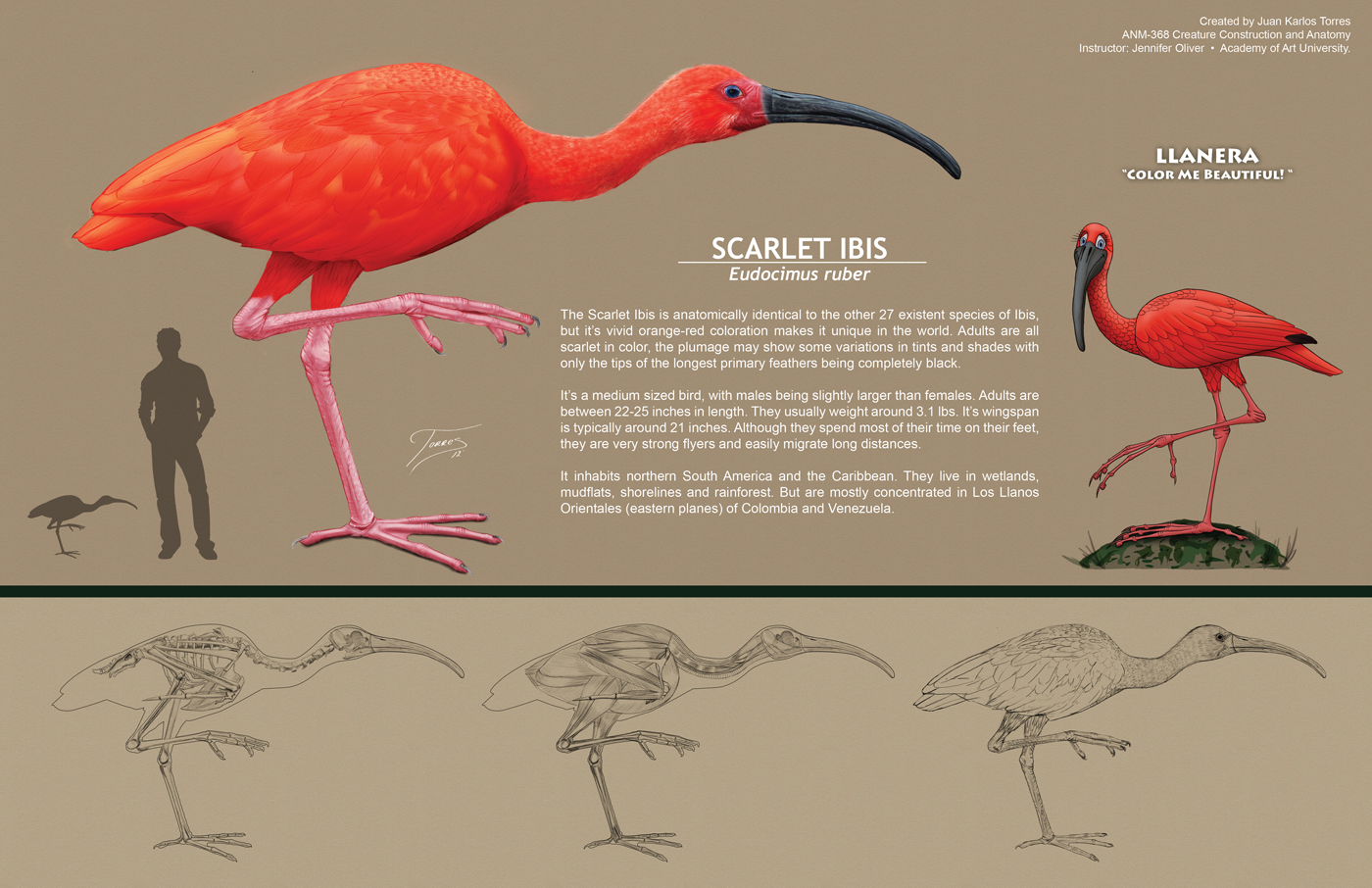
The Albatross, particularly the Laysan Albatross, is known for its exceptional lifespan. Individuals have been documented to live up to 60 years or more, showcasing their ability to adapt and survive in harsh marine environments.
African Grey Parrot

The African Grey Parrot, renowned for its intelligence, can live up to 50 to 60 years in captivity. These captivating birds form deep bonds with their owners and showcase remarkable mimicry and cognitive abilities.
Macaws
Blue and Gold Macaws, as well as Scarlet Macaws, have been documented to live up to 50 years or more in captivity. With their striking plumage and playful personalities, they bring joy and companionship to their human caretakers for several decades.
Galapagos Tortoise (Honorable Mention)
Although not a bird, the Galapagos Tortoise deserves mention for its exceptional lifespan. These ancient creatures have been known to live for centuries, with some individuals reaching remarkable ages, such as “Harriet,” who lived for 175 years.
Wisdom, the Laysan Albatross
Wisdom, a Laysan Albatross, stands out as a remarkable individual. Banded in 1956, she has been returning to Midway Atoll to breed ever since. As of 2021, Wisdom is estimated to be over 70 years old, defying the odds and inspiring awe among scientists and bird enthusiasts alike.
While these longevity records are extraordinary, they represent exceptional cases. The average lifespan of most bird species is considerably shorter, influenced by factors such as predation, habitat loss, disease, and environmental changes. Understanding the factors contributing to exceptional longevity provides valuable insights into avian biology and conservation efforts.
In conclusion, the longevity records of birds offer captivating glimpses into the potential lifespan of avian species. From the remarkable Albatross and African Grey Parrot to the colorful Macaws and the ancient Galapagos Tortoise, these creatures demonstrate the incredible resilience and adaptability of nature. The longevity of birds reminds us of the intricacies and wonders of the natural world, urging us to appreciate and protect these magnificent creatures for generations to come.
Conclusion
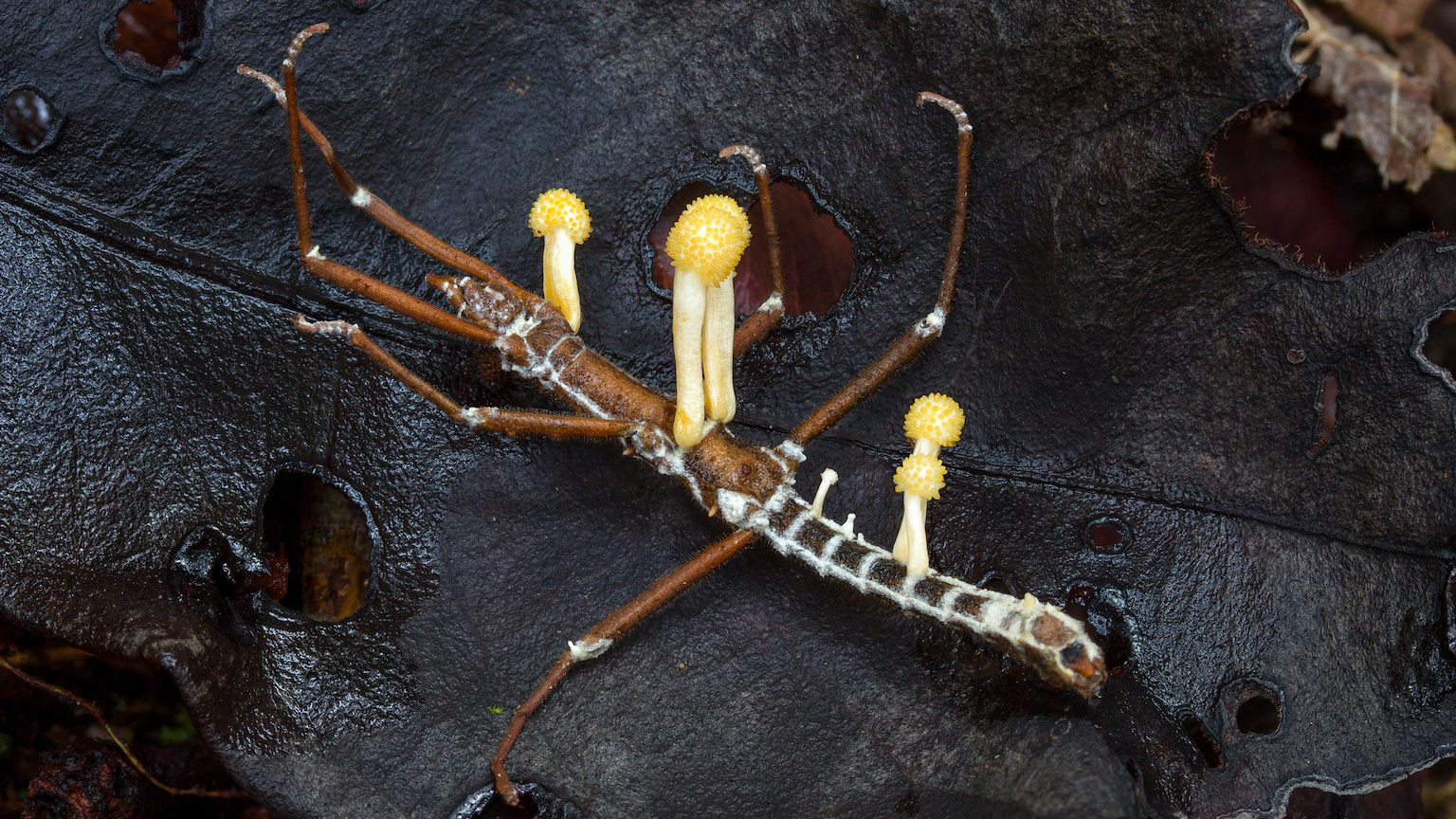
Understanding the lifespan of birds provides valuable insights into their biology, ecology, and conservation. Throughout this article, we have explored various aspects that influence a bird’s lifespan and examined specific examples of common birds and long-lived species. Here are the key takeaways:
Recap of Main Points
- Birds exhibit a wide range of lifespans, from a few years to several decades or even over a century.
- Factors such as species, diet, environment, and health play crucial roles in determining a bird’s lifespan.
- Short-lived species like pigeons and sparrows typically have lifespans of a few years, while long-lived birds like parrots and albatrosses can live for several decades or more.
- Birds that occupy different ecological niches and habitats face varying environmental conditions, which can affect their lifespan.
Factors Influencing Lifespan
Several factors influence the lifespan of birds:
Genetic Factors
- Genetic variations within a species can lead to differences in lifespan, including traits that promote longevity or increase susceptibility to diseases.
Environmental Conditions
- Birds residing in stable and favorable environments with abundant resources and reduced predation risk tend to have longer lifespans.
- Adverse conditions, such as extreme weather, habitat loss, and pollution, can impact bird populations and shorten their lifespans.
Predation and Survival Strategies
- The presence of predators can significantly affect a bird’s lifespan. Birds with effective anti-predator strategies have a higher chance of survival.
Migration Patterns
- Migratory birds face challenges during their long-distance journeys, including exhaustion, starvation, and exposure to harsh conditions, which can influence their lifespan.
Human Impact
- Human activities, such as habitat destruction, pollution, climate change, and the introduction of invasive species, pose significant threats to bird populations. Conservation efforts are crucial for ensuring their survival and longevity.
Notable Exceptions

While most birds fall within the average lifespan range for their species, there are notable exceptions:
- Albatrosses, known for their impressive longevity, can live for several decades. The oldest recorded albatross, Wisdom, has been estimated to be over 70 years old.
- On the other hand, some bird species have exceptionally short lifespans. For example, the mayfly, a delicate insect often mistaken for a bird, has a lifespan of only a few hours.
Importance of Conservation
Conservation efforts are vital for safeguarding bird populations and preserving their lifespans. Here are key reasons why bird conservation is crucial:
- Birds play essential roles in ecosystems as pollinators, seed dispersers, and pest controllers.
- Protecting bird habitats and reducing human-induced threats can help ensure the survival and longevity of bird populations.
Final Thoughts
Understanding the lifespan of birds is an ongoing area of research, and there is still much to learn about the factors that influence their longevity. By continuing to study and appreciate these fascinating creatures, we can contribute to their conservation and promote a sustainable coexistence with the avian world. Birds embody the beauty and diversity of the natural world, and by valuing their lifespans, we contribute to the preservation of our shared environment.
Frequently Asked Questions
Frequently Asked Questions
How long do birds typically live?

Bird lifespans can vary greatly depending on the species and various factors. On average, wild birds live for a few years to around 10-15 years. However, some bird species can live much longer, with certain parrots known to live for 50-70 years or even longer in captivity.
Do larger birds live longer than smaller birds?
Generally, larger bird species tend to live longer than smaller ones. Smaller birds have higher metabolic rates, which contribute to an accelerated aging process. Additionally, smaller birds often face increased predation risks, further limiting their lifespans. Larger birds, with slower metabolic rates and reduced predation pressure, tend to have longer lifespans.
What factors influence a bird’s lifespan?
Several factors can influence a bird’s lifespan, including species, size, habitat, diet, predation risk, and exposure to diseases and environmental hazards. Genetic factors, environmental conditions, migration patterns, and human impact also play significant roles in determining a bird’s lifespan.
Can a bird’s diet affect its lifespan?
Yes, a bird’s diet plays a crucial role in its overall health and lifespan. Birds that have access to a diverse range of nutritious food sources are more likely to live longer and thrive. A balanced diet that meets their nutritional needs is essential for optimal health and longevity.
How long do birds live in captivity?
Birds can have significantly extended lifespans in captivity under optimal conditions and healthcare. Some parrot species, for example, have been known to live for 50-70 years or even longer. The environmental factors in captivity, such as access to proper nutrition, reduced predation risks, and veterinary care, can contribute to their longevity.

Leave a Reply